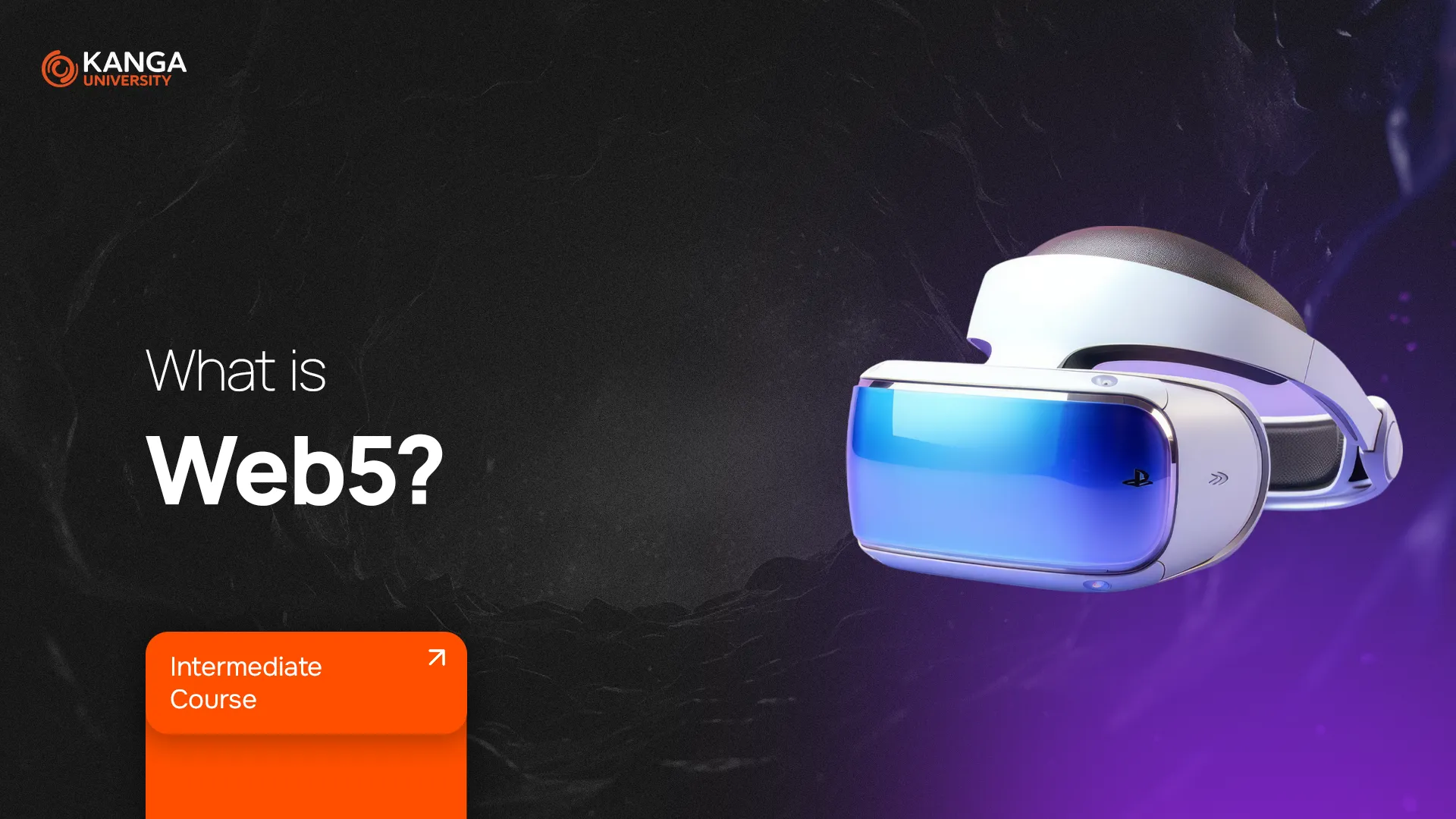
Technology is advancing at a rapid pace. Blockchain, decentralized applications, and digital ownership are no longer just concepts of the future—they are shaping our present. The idea of Web3 has been around for years, but the internet continues to evolve. Jack Dorsey, co-founder of Twitter, has introduced a new vision: Web5. How does it differ from Web3, and what changes could it bring to the way we use the internet?
The Evolution of the Internet
To fully understand Web5, it is essential to look at how the internet has evolved over time.
Web1 – The Static Internet
The first version of the internet was simple and static. Websites functioned like digital books—users could only read content, but they could not edit or publish their own.
Web2 – The Interactive, Social Internet
In 1999, the term Web2 was introduced, marking the beginning of the internet as we know it today. Key features of Web2 include:
- User-generated content,
- The rise of social media platforms,
- Instant information sharing,
- A culture of active participation and engagement.
Web2 made the internet more dynamic, but it also introduced a major issue: centralized control over data by big corporations like Google and Facebook.
Web3 – The Decentralized Revolution
Web3, introduced by Ethereum co-founder Gavin Wood in 2014, aimed to give users control over their data. Thanks to blockchain technology, Web3 allows:
- Secure transactions without intermediaries,
- Enhanced privacy and security,
- Decentralized applications (dApps) running on smart contracts.
Despite its advantages, Web3 still relies on blockchain networks, which come with challenges such as high transaction fees and technical complexity.
Web4 – Mobile and AI-Powered Internet
Web4, also known as the “Mobile Web,” focused on adapting the internet for mobile devices. Key features include:
- Voice interactions and AI integration,
- Seamless communication between machines and humans,
- Personalized content based on artificial intelligence algorithms.
Web4 allowed greater automation and connectivity, but it did not solve the issue of data centralization.
Web5 – Jack Dorsey’s Vision
Jack Dorsey, a strong advocate for decentralization, proposed Web5 as a response to the limitations of Web3. The main idea?
Full user control over data and identity on the internet.
Web5 aims to create a network where:
- Users do not need to rely on blockchain,
- Data is fully decentralized,
- Users have complete control over their digital identity.
Dorsey argues that Web3 is not as decentralized as it seems because large blockchain platforms still control the infrastructure.
How Does Web5 Work?
Web5 is built on DWN (Decentralized Web Nodes), which function as decentralized web servers. Instead of relying on a central authority, each user operates their own node, ensuring there is no central server that controls data.
Key Features of Web5:
- No centralized servers – users are not dependent on platforms like Google or Facebook.
- Full control over data – users decide who can access their information.
- Decentralized Identifiers (DID) – unique digital identities that are user-controlled.
Unlike Web3, where data is stored on a blockchain, Web5 uses decentralized servers controlled by users, providing secure data storage without the need for blockchain technology.
Web3 vs. Web5 – Key Differences
| Feature | Web3 | Web5 |
|---|---|---|
| Technology | Blockchain, smart contracts | Decentralized Web Nodes (DWN) |
| Identity | Blockchain addresses | DID (Decentralized Identifiers) |
| Data Control | Distributed (blockchain) | Full user control |
| Intermediaries | Reduced, but still exist | No intermediaries |
| Data Storage | Public blockchain | Private DWN |
| Main Use Case | Cryptocurrencies, dApps | Privacy, digital identity |
The biggest difference is the use of blockchain. While Web3 relies on cryptocurrencies and smart contracts, Web5 eliminates the need for blockchain—users manage their data and identity independently.
Will Web5 Replace Web3?
Web5 is still a concept in development. Dorsey’s company, TBD (a division of Block Inc.), is working on the first implementations. Web3 and Web5 can coexist because they serve different purposes.
- Web3 focuses on financial applications, cryptocurrencies, and smart contracts.
- Web5 is centered on user identity and data privacy.
It is too early to say whether Web5 will replace Web3, but both technologies could complement each other, leading to a more decentralized internet.
Summary
Web5 represents a new step in the evolution of the internet, aiming for greater decentralization and user privacy. Jack Dorsey envisions an internet where users have full control over their data, without relying on blockchain or centralized platforms.
Is Web5 the future of the internet?
It is still too soon to tell, but one thing is clear—technology continues to evolve, and decentralization is becoming increasingly important. Web5 is a project worth watching, as it could significantly impact the blockchain and Web3 ecosystems.